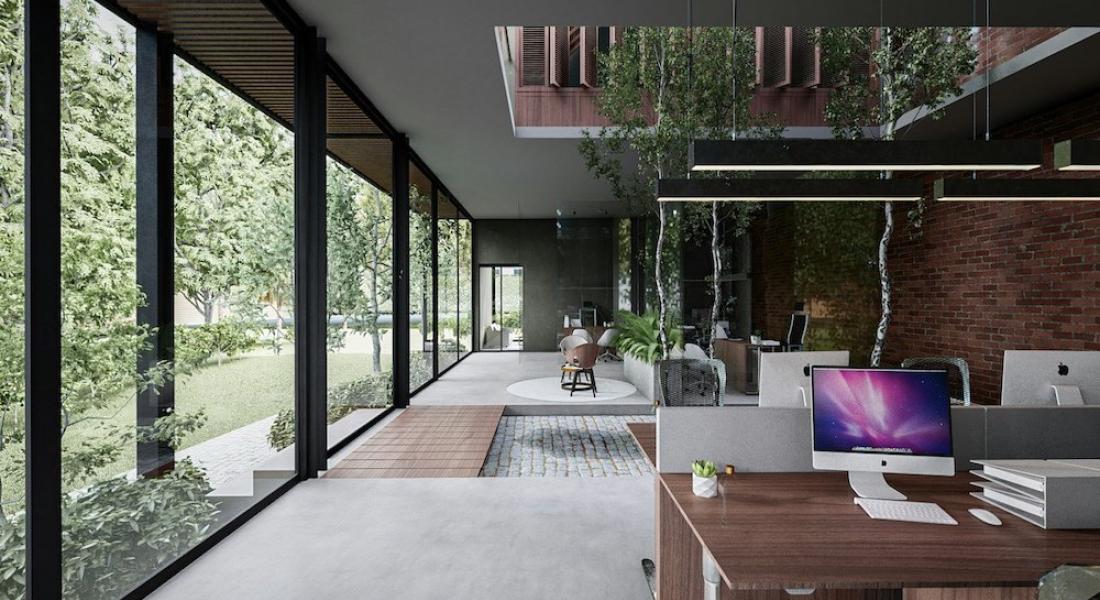In recent years, the concept of biophilic design has gained significant traction in the world of interior design, offering a fresh perspective on creating spaces that nurture our connection with nature. Biophilic design goes beyond mere aesthetics; it seeks to integrate natural elements into our built environments, fostering a sense of well-being, harmony, and vitality. In this blog post, we'll delve into the essence of biophilic design, exploring its principles, benefits, and practical applications.
Embracing Nature's Wisdom
At its core, biophilic design acknowledges the profound impact that nature has on our physical, mental, and emotional health. It draws inspiration from natural patterns, textures, and forms, recognizing our innate affinity for the natural world. By incorporating elements such as plants, water features, and organic materials into interior spaces, biophilic design seeks to create environments that evoke the restorative qualities of nature.
Principles of Biophilic Design
Biophilic design is guided by several key principles, each aimed at fostering a deeper connection with nature:
|  |
Benefits of Biophilic Design
The benefits of biophilic design extend far beyond aesthetics. Research has shown that incorporating natural elements into our surroundings can lead to numerous positive outcomes, including:
- Stress Reduction: Exposure to natural elements has been linked to reduced stress levels and improved emotional well-being.
- Increased Productivity: Biophilic design has been shown to enhance cognitive function, creativity, and productivity in work and learning environments.
- Improved Health: Indoor plants not only purify the air by removing toxins but also contribute to better indoor air quality, leading to improved respiratory health and overall wellness.
- Enhanced Connection to Place: By fostering a sense of connection to the local environment, biophilic design strengthens our bond with the places we inhabit, fostering a greater sense of belonging and stewardship.
Practical Applications
Incorporating biophilic design principles into your home or workspace doesn't have to be complicated. Simple changes, such as adding potted plants, introducing natural materials, and maximizing natural light, can have a significant impact on the look and feel of a space.
 | Consider incorporating elements like:
|
Cultivating Harmony with Nature
In a world increasingly dominated by urban landscapes and digital distractions, biophilic design offers a powerful antidote—a way to reconnect with the natural world and create environments that support our well-being and vitality. By embracing the principles of biophilic design and bringing nature indoors, we can cultivate spaces that inspire, rejuvenate, and nourish both body and soul. So, whether you're revamping your home, designing a new office space, or simply seeking to enhance your surroundings, consider the transformative potential of biophilic design in creating spaces that truly resonate with the human spirit.

